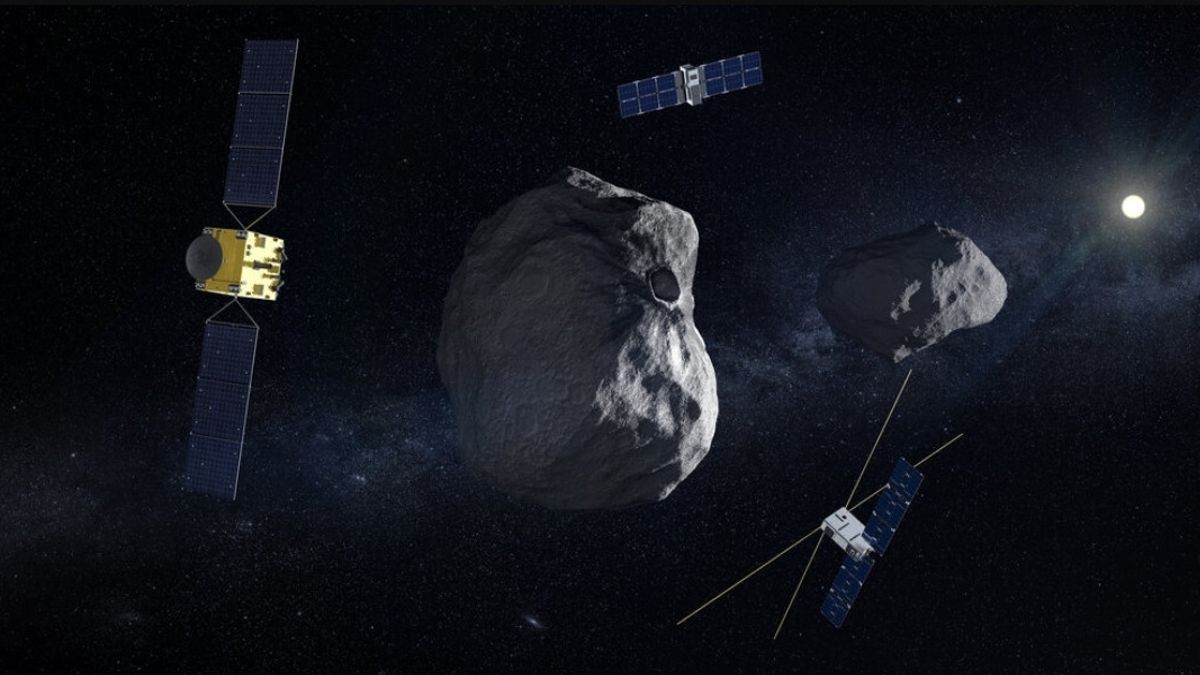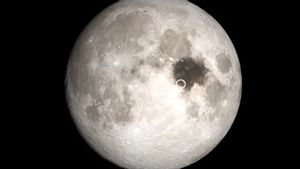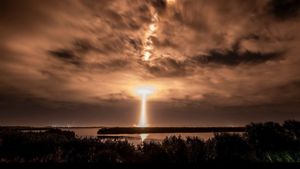JAKARTA Hera, a collaborative mission between NASA and the European Space Agency (ESA), was supposed to be launched on October 7 using a Falcon 9 rocket. However, this rocket is prohibited from flying for a while.
This ban was given by the Federal Aviation Agency (FAA) because the Falcon 9 booster failed to land on September 29. This rocket is thought to have malfunctioned when it entered the second phase, but the cause is not yet known.
Although Falcon 9 has not yet obtained permission to fly, ESA is still continuing preparations for the launch for the asteroid Hera mission. The hope is that this mission can be launched on Cape Canaveral according to the predetermined launch window.
There are several preparations that ESA is working on, one of which is wrapping the spacecraft into a rocket cargo fairing on October 3. According to Project Manager Hera, Ian Carnelli, Hera's mission is ready to launch on October 7 if Falcon 9 is allowed to fly.
"We maintain a nominal launch campaign," Carnelli said, quoted by Spacenews. "We basically hope that we get it (permission for Falcon 9 launch) on Sunday (October 6)."
SEE ALSO:
In order for Hera to be launched on time, Carnelli revealed that they are willing to be a Falcon 9. There is a possibility that SpaceX will launch the Starlink mission first.
The Hera launch window will open until October 27. When it reaches space, this spacecraft will run towards the asteroid Didymos and its moon, Dimorphos. According to ESA calculations, this vehicle can achieve its target by 2026.
Hera will observe how big the impact of NASA's Double Asteroid Redirection Test (DART) spacecraft will be. Hera will observe the impact of the collision as well as measure the remaining Dimorphos mass after being hit by DART.
The English, Chinese, Japanese, Arabic, and French versions are automatically generated by the AI. So there may still be inaccuracies in translating, please always see Indonesian as our main language. (system supported by DigitalSiber.id)


















